LONDONERS PROTEST POLICE BRUTALITY IN NIGERIA
By Angela Ukomadu, Alexis Akwagyiram, Libby George
Fires burned across Lagos and residents of Ebute Mette, Lagos Island and Okota districts reported hearing gunfire on Wednesday as President Muhammadu Buhari appealed for “understanding and calm”.
Police - some armed, some wearing body armour and many in plain clothes - set up roadblocks in Lagos, witnesses said.
Tuesday night’s incident at a toll gate in Lekki district was the most serious yet in nearly two weeks of nationwide protests fueled by anger at alleged systematic abuses by police, although details of what happened and the number of casualties remained unclear.
The Lagos state governor said 30 people were hurt in the shooting at the gate, a focal point of the protests. One man had died in hospital from a blow to the head, he said, but it was not known if he was a protester.
The United Nations secretary-general said there had been “multiple deaths” and he urged authorities to de-escalate the situation. Amnesty International said it was investigating “credible but disturbing evidence” of excessive use of force in which protesters had been killed.
Four witnesses said soldiers had fired bullets and at least two people had been shot. Three witnesses said the gate’s lights were turned off before the shooting began. One said he saw soldiers remove bodies. [L8N2HB6WI]
The Nigerian Army said no soldiers were at the scene
Nigeria's Lagos governor says one dead after shooting
Nigerian president appeals for calm after soldiers fire at protesters
POVERTY, PANDEMIC, POLICE
Thousands of Nigerians, many driven closer to poverty by economic fallout from the coronavirus pandemic that has infected killed 1,125 and triggered lockdowns, have demonstrated since early October in protests that initially focused on a police unit, the Special Anti-Robbery Squad (SARS)
The unit - which rights groups have long accused of extortion, harassment, torture and murder - was disbanded on Oct. 11 but the protests have persisted with calls for law enforcement reforms.
Authorities imposed the curfew on Lagos - Africa’s largest metropolis and the commercial capital of OPEC-member Nigeria - on Tuesday after Governor Babajide Sanwo-Olu said the protests had turned violent.
Witnesses described being shot at by soldiers at the Lekki toll gate, where people had gathered on Tuesday evening in defiance of the curfew
Inyene Akpan, 26, a photographer, said more than 20 soldiers arrived and opened fire as they approached the protesters.
Witness Akinbosola Ogunsanya said the lights suddenly went out around 6:45 P.M. (1745 GMT), plunging the gathering into darkness and causing confusion.
Minutes later soldiers in uniform walked towards the crowd, shooting as they walked, he said. He saw about 10 people being shot and soldiers removing bodies, he said.
Another witness, Chika Dibia, said soldiers hemmed in people as they shot at them.
Henry Kufre, a television producer, said the atmosphere was peaceful and people were singing the national anthem before the site was plunged into darkness and the shooting began.
He said some people chose to kneel and wave flags while others ran. “I had to run for my life,” he said.
A Nigerian army spokesman did not respond to requests for comment.
COMMITTED TO JUSTICE
President Buhari said on Wednesday he was committed to providing justice for victims of brutality, and that the police reforms demanded by the demonstrators were gathering pace. He did not refer to the shooting at the toll gate.
Sanwo-Olu posted pictures of a hospital visit to victims of what he referred to as the “unfortunate shooting incident” in Lekki. He said 25 people were being treated for injuries and two were in intensive care.
“I recognise the buck stops at my table and I will work with the FG (federal government) to get to the root of this unfortunate incident and stabilise all security operations to protect the lives of our residents,” Sanwo-Olu said.
On Wednesday, witnesses saw youths trying to get through some checkpoints and reported protesters gathering in some areas. Local broadcaster Arise TV showed dozens of charred buses on the Lagos mainland.T
In South Africa, hundreds of Nigerians carrying placards demanding “a new and better Nigeria” marched to the Nigerian High Commission (embassy) in Pretoria. Protesters also rallied outside the Nigerian embassy in London.
Nigeria sovereign Eurobonds fell more than 2 cents on the dollar on Wednesday. One analyst said the protests might trigger a resumption of attacks on the country’s oil facilities, potentially hitting its main source of foreign earnings.
“The Niger Delta militants...have reportedly shown support for the (protest) movement. Should the protests escalate, we could see attacks resume on the oil and gas facilities,” said Janet Ogunkoya, senior research analyst at Tellimer Research.
Reporting by Angela Ukomadu, Alexis Akwagyiram and Libby George in Lagos; additional reporting by Olivia Kumwenda in Johannesburg, Nneka Chile in Lagos and Karin Strohecker in London; writing by John Stonestreet; editing by Libby George
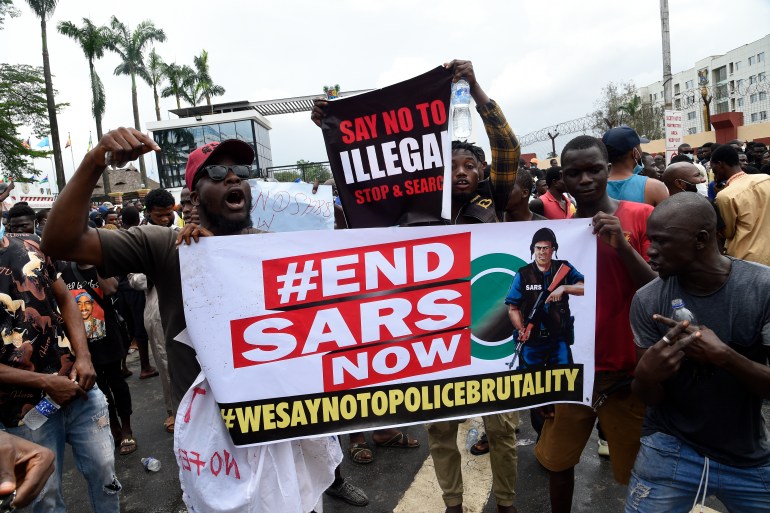


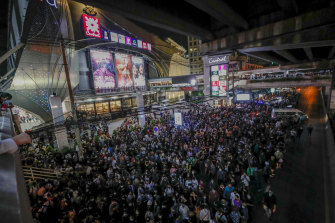
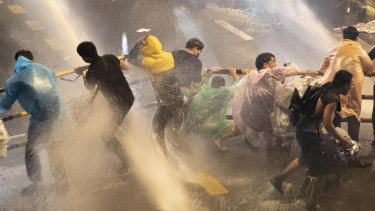
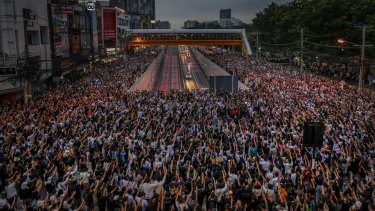
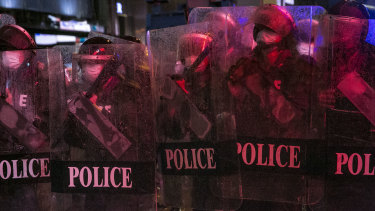

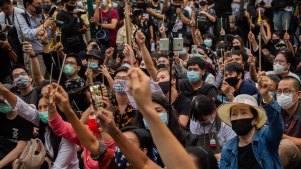








![In a far-reaching agreement unveiled on Wednesday, Purdue formally admitted to criminal conduct related to the distribution of its painkillers including OxyContin [File: George Frey/Reuters]](/wp-content/uploads/2020/10/2019-06-26T095315Z_1392114881_RC14CE2C9DD0_RTRMADP_3_OPIOIDS-LITIGATION-BANKRUPTCY.jpg?resize=770%2C513)

